By Robert Tate, Automotive Historian and Researcher
Images Courtesy of the Robert Tate Collection
Published: 3.3.2021
EDITOR’S NOTE: As part of our observance of Women’s History Month, we are revisiting this Story of the Week from September 24, 2015.
As we look back at our automotive history and its influential designers, we need to recognize the women pioneers who contributed to the success of the field of industrial design.
Margaret E. Knight was an engineer, along with her niece, Beatrice Davidson; they both designed and engineered the K-D automobile in 1912.
During the 1930s, a few auto companies began hiring female designers. Betty Thatcher Oros joined Hudson in 1939 and became a very successful designer and talented artist. Hudson was among the first automotive companies to employ women designers on a full time basis.
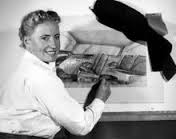 Helene Rother, an early woman in automotive design
Helene Rother, an early woman in automotive design
Other women who were a part of this great heritage include Helene Rother and Helen Dryden. These talented women were part of the design teams at General Motors, Rambler and Studebaker.
Helene Rother’s journey takes us all the way back to Leipzig, Germany, where she was born in 1908. She became a gifted artist at an early age and later studied design and illustration at the Kunstgewerbe. She completed her studies at the Bauhaus in Weimar, which was an art school in Germany that operated from 1919 to 1933.
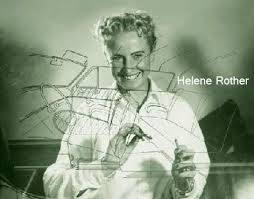 Helene Rother
Helene Rother
Rother eventually relocated to Paris designing high fashion jewelry and other fashionable clothing and accessories. In 1941, she came to New York, where her first job was creating illustrations for Marvel Comics. In 1942, she became a part of the talented team of designers at General Motors in Detroit.
Helene worked with General Motors for four years before leaving to open her own industrial design studio in 1947. She later moved to the Nash Motor Car Company, designing many of their great interiors between 1948 and 1956.
In 1955, Rambler began selling new models for the consumer market. They called some of their models “Glamour on wheels." Helene Rother designed many of the great interiors at the time. Automobile advertisements described them as stunning two-toned in plastic leather and fine upholstery. The Detroit News wrote that Rother was Detroit's first female automotive designer. She knew exactly what women were looking for in a car, which helped her create some of the most stylish interior colors and trims in the automotive industry.
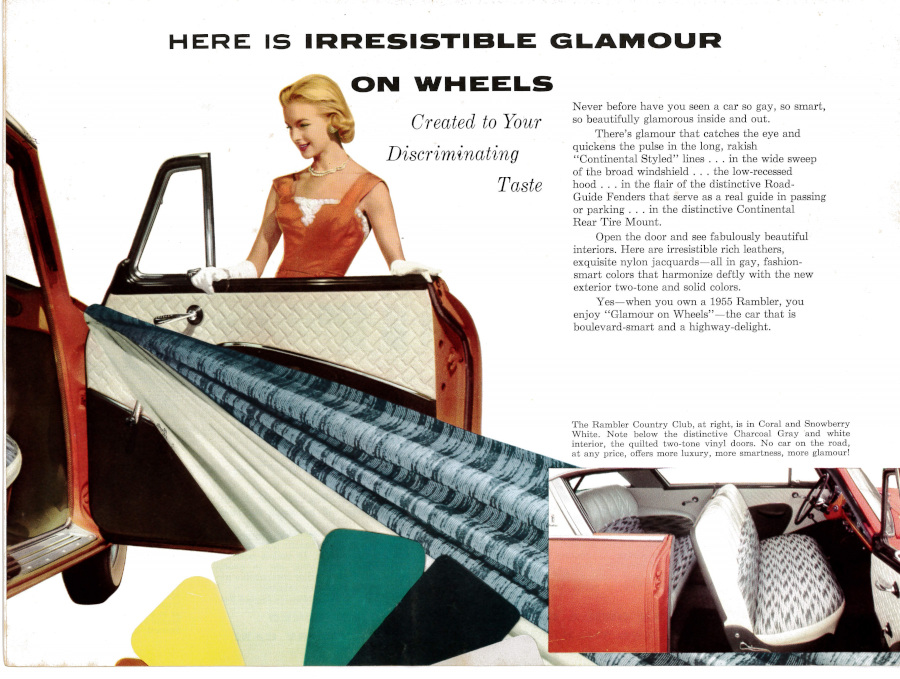 A Rambler interior designed by Helene Rother
A Rambler interior designed by Helene Rother
In 1953, Nash received the coveted Jackson Medal for outstanding automotive designs. This was a special career moment for Rother and the Nash design team. When Nash merged with Hudson to create American Motors, Rother left and started her own consulting firm. Some of her clients included U.S. Rubber, B.F Goodrich, Goodyear Tire & Rubber Company, International Harvester, and many other non-automotive firms.
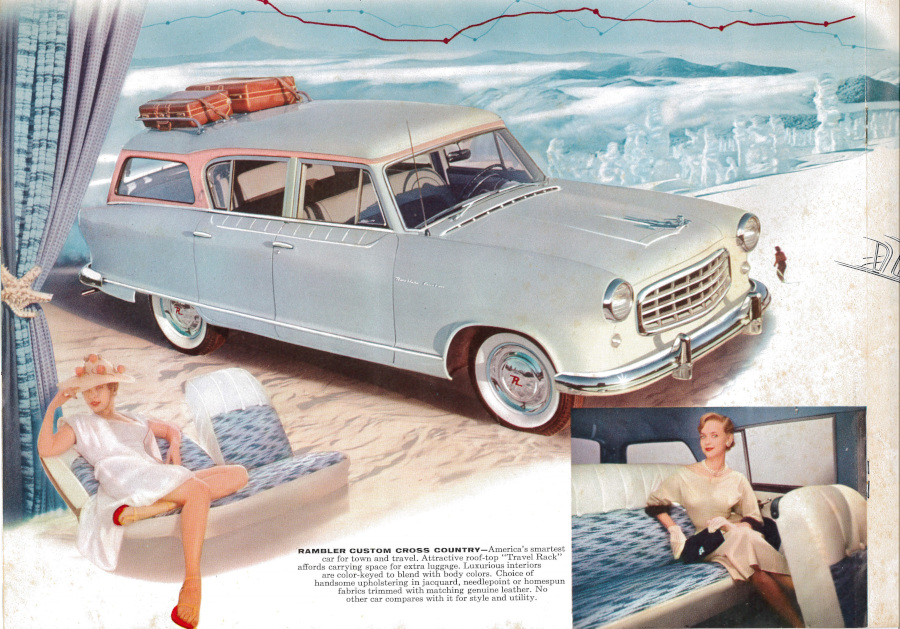 The Rambler Custom Cross Country Wagon interior
The Rambler Custom Cross Country Wagon interior
In her later years, Rother designed beautiful large stained-glass windows for churches, which earned her the reputation as one of the best stained glass artists in the world. She passed away in 1999 and will always be a part of our automotive history.
 A Studebaker ad featuring a Helen Dryden design
A Studebaker ad featuring a Helen Dryden design
It is also important to acknowledge the work of Helen Dryden, who was an automotive interior designer for Studebaker from 1934 to 1937. Dryden was born in Baltimore, Maryland with a great artistic flair and a talent for fashion. She studied under Hugh Breckenridge at the Philadelphia Academy of Fine Arts. At an early age, she sold a set of paper dolls and dresses to a newspaper for use in a fashion section layout. Later, she would become an illustrator for Anne Rittenhouse’s fashion articles in Philadelphia.
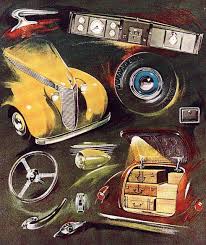 1937 Studebaker designs
1937 Studebaker designs
During the 1930s, the great industrial designer Raymond Loewy hired Dryden to assist with design of Studebaker automobile interiors. Her interior work on the Studebaker Dictator and President models became a sensation which many people enjoyed and admired.
Dryden’s design work on Studebaker interiors established herself as a world-class 20th century industrial designer. At the time, many considered her one of the top industrial designers, as well as one of only a small number of women in the field of automotive design. The New York Times Magazine in 1956 said Dryden was the highest-paid female artist in the country. She died in 1981 and will always be remembered as part of our automotive history.
Bibliography
Lamm, Michael & Holls, Dave. “A Century of Automotive Style 100 years of American Car Design." 1996-1997.



